There was a weather alert this morning saying there would be snow above 900 meters, we are 1000 meters. However, this morning the sun was shinning and it looked beautiful so we brought a mob of ewes in to drench.
0 Comments
The native poa tussock has really thrived this season with the wet weather and the increased fertility from the sheep. When we came here, the tussock was confined to the river/swamp area with a few patches in the higher paddocks. We slashed it for the first five years which were the drought years and left it to rot to increase the organic matter in the soil. Now we have had a few wet years the tussock has grown too fast for us to keep up with. In some paddocks it has started to shade all the other grasses out. Enter the fire queen. I have been burning the paddocks to reduce the tussock density and to give the other grasses a chance. Fire does not kill the tussock which is a native, but lets the pasture get ahead in the spring.
Sheep that are newly shorn,( up to six weeks), and young lambs, are particularly vulnerable to wet, cold and windy conditions when occurring simultaneously.
These are the conditions which result in a sheep graziers alert being issued. Losses of 50% to 70% can, and have occurred in flocks in the past. The most important thing to guard against this, is to provide shelter, we have found that as unproductive as Poa tussock is, it provides a very effective windbreak for the young lambs. Tree lines and slopes where the sheep can shelter on the leeward side, are also beneficial . Here on the Southern Tablelands, graziers alerts seem to be able to occur at any time of the year. Research has also shown, that both sheep and cattle, put on more weight, when provided with shade during the hot summer months. So when planning your paddocks it is well worth considering these issues. Riverbourne was developed back in the early 70's. The land at the back was cleared with bulldozers, this resulted in the little topsoil there being pushed off. The result was an acidic orange clay surface, extremely high in Aluminum, which after 30+ years was covered in grass, which, regardless of rainfall, never grew higher than that of a bowling green!
Two years ago we put out 125 kg/ha Mo superphosphate mixed with 10 kg/ha of Mount Barker subclover. The paddock was shut up for 12 months. The clover grew to 200-250mm high, was allowed to seed and die back in the summer. This resulted in forming some humus and top soil, and last year the grasses grew tall, mainly microlaena, and was grazed through winter at 6 dse/ha. There is some trend against using super, but apart from putting tons of poultry shed litter on the paddock, you can't get growth, thus, no organic matter and no microbes.The microbes and fungi act as a digestive system for the plants, making the locked up nutrients available for the plant's growth. When we first came to Riverbourne, about seven years ago, the pastures were of poor quality, and the only stock had been a few horses. Since running dorpers, and fencing into small paddocks, the grasses have improved dramatically. I think the dorpers have largely contributed to this by their grazing habit of constantly moving whilst being non selective in their choice of grasses, this means their manure is spread over the whole paddock, and the humus is building up in the soil. They don't tend to just graze a sweet spot, until they have eaten the whole plant roots and all! (My Merinos used to do this, especially in dry times).
Microlaena is a very important grass on the Southern tablelands, being winter active, highly nutritious and responds well to increases fertility, and it is this native grass in which we have seen most improvement. Of course it is important to remember that every time you send an animal off the farm, it takes with it a lot of minerals that have come from yours soil. These need to be put back either by application to the soil, or, better I think, by providing mineral licks, we use a powdered lick, though a lot of farmers find lick blocks are satisfactory. |
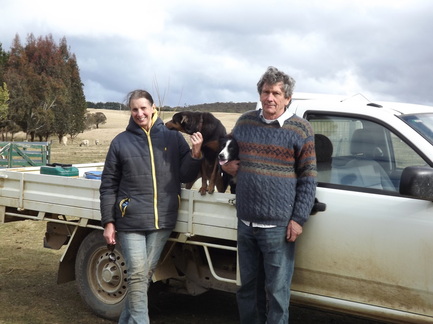
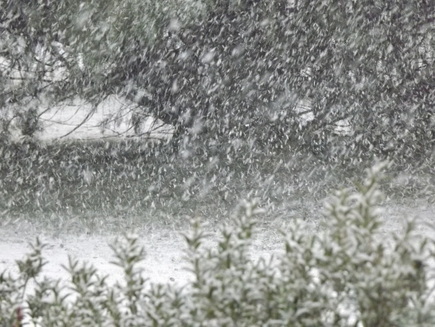
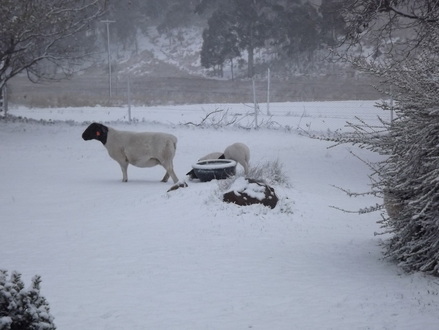
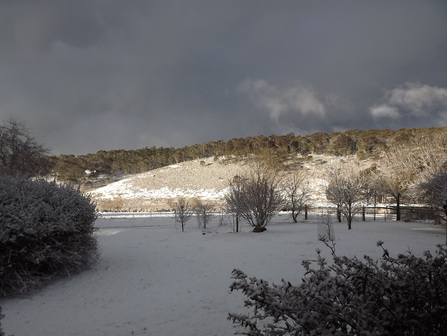
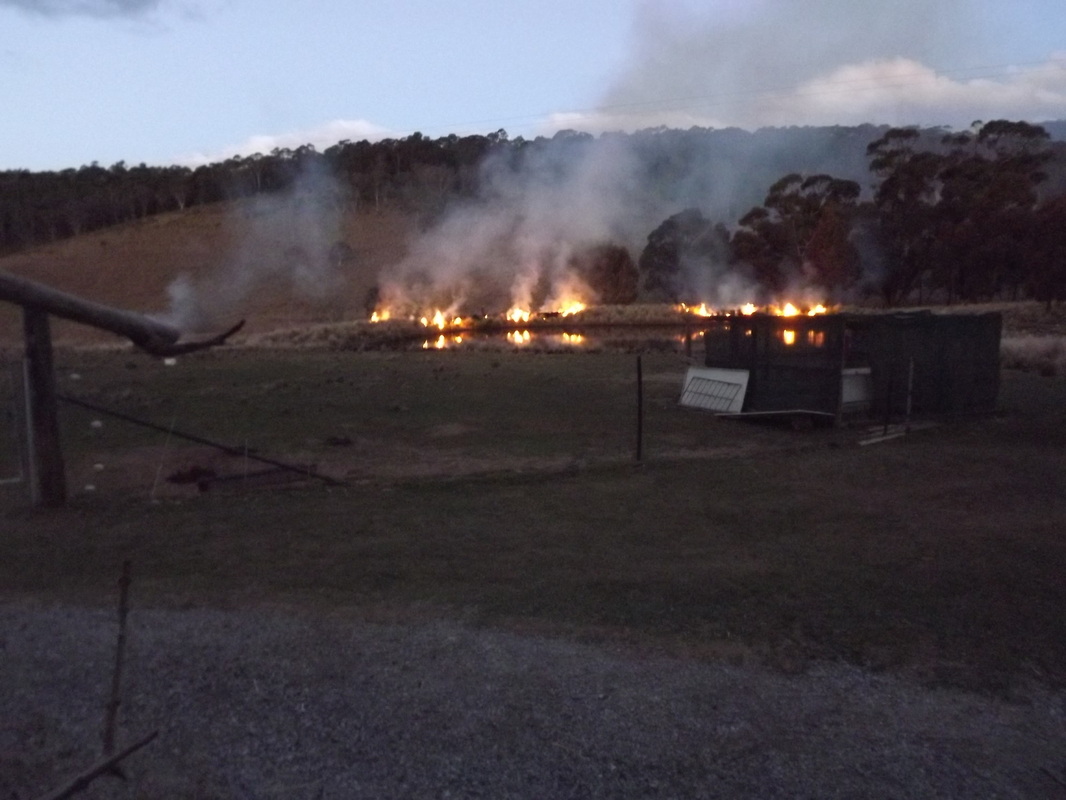

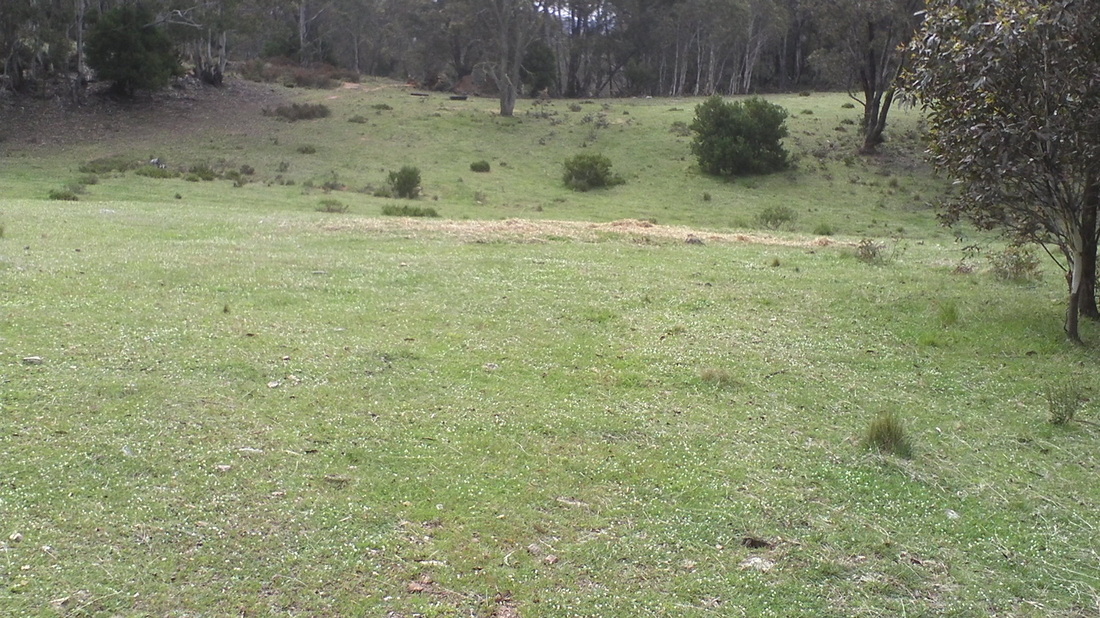
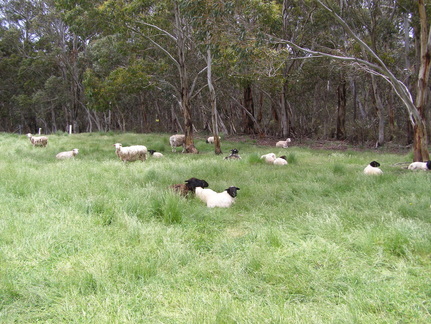
 RSS Feed
RSS Feed